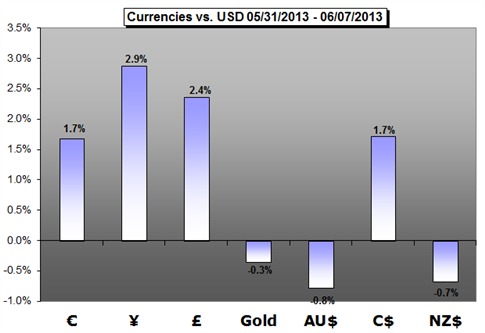The Forex Center Forex trading and Economic Indicators
Post on: 4 Июль, 2015 No Comment

Forex trading and Economic Indicators
What are Economic Indicators?
When trading in the forex markets, there are there are two types of analysis. There is technical and fundamental analysis. Technical analysis is done by looking at price and other numeric values, such as volume, along with charts and graphs to develop trading cycles and forex trading strategies. We will look at this in another article on technical analysis and strategies.
Fundamental analysis is done by looking at history, news, economic data and information such as weather reports or political environments. If we were evaluating a companys stock, we would look at their balance sheet and their profit and loss statement, their cash flow and their assets. In the currency markets, we cannot look at a balance sheet of a country or their financial statement, or analyze their assets; we have to look at economic indicators. And this is done through reports and data that are released by government agencies and private organizations that gather data about specific markets, such as ADP payroll reports, ADP is the largest private payroll processor in the USA, or a private organization such as the National Realtor Association, who reports on housing sales and pricing. There are also trade organization and associations, such as the National Bankers Association who provide information on credit card debt, loans and delinquencies. In Europe for instance, we watch for reports from the European Central Bank and comments drom the EU.
Data comes from many places. This data is very important to be able to predict the movement of currencies in relationship to one another. A currency trader needs to know what reports and data are coming out in China that might affect the price of oil that in turn might cause a change in price of the USD currency rate even though they are not directly related. A poor unemployment report might cause an effect on the value of the Japanese yen or as we have seen lately, the debt crisis in Greece has pushed the dollar up in value, only because investors were looking for a safe haven to place their money. Today, there is a strike in oil workers strike in Nigeria, pushing up the price of oil, this will ultimately effect currency values around the globe.
Each report and each country is inter-related and you cannot say I am only trading US dollars against the Australian dollar so I only need to watch those two currencies. The USD might surge because of totally different factors in another region of the globe pushing it up, while the Australian dollar remained the same. A perfect example, came about just a few days ago. The USD was strong, the Sterling was weak, but the Euro was collapsing. If you were trading the USD/GBP, you would be buying, but if you were trading the GBP/EUR you would be selling. Against the dollar the pound was falling but against the euro the pound was rising. This was a classic situation, that happens often but is not usually obvious until it is over, In the case of the recent S&P downgrades of 9 european countries after the market session on a Friday evening. This began investors paradise.
There are several standard economic indicators that traders and investors rely on.
These are from each country and you can easily find these on economic calendars:
Gross Domestic Product (GDP)
Manufacturing
Retail Sales
Industrial Production
Consumer Price Index
Payroll and Unemployment Reports
Every developed nation releases these reports on scheduled dates. They are available on all economic calendars. These are the prime indicators that a good fundamental trader relies on. There are other reports that effect the currency markets, even more dramatically when economies are unstable.
Simple comments and policy changes from the central banks can throw the markets into turmoil or send a currency skyrocketing. We have also learned recently, how important a countries debt ratio as compared to GDP can be. All of these indicators should be evaluated and reviewed when trading currency and foreign exchange. For more information you can find articles about each of the indicators, what their numbers mean and how to use these to make good solid trades.














